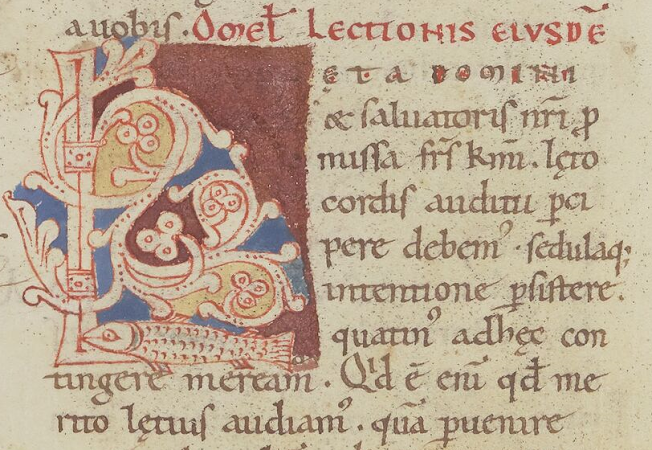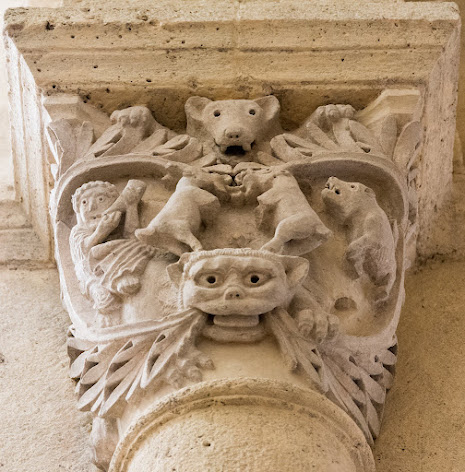Alphonse Legros
.png)
L'Angélus (first exhibited 1859), sold at Christie's in 2016 Alphonse Legros (1837-1911) was a Burgundian artist (born in Dijon) who moved to England in 1863, where he spent the rest of his life. Rehearsing the Service , 1870 According to The Connoisseur magazine in February 1912, "The well-known artist, whose death occurred in December last...was a man who practised in almost every branch of art, yet touched nothing but what he did well..." His L'Angélus was bought by a British collector, Sir F Seymour Haden, who encouraged him to come to Britain, and he then exhibited at the Royal Academy prolifically from 1864 until 1882. He became Slade Professor at University College, London, and a naturalised British subject, though his Wikipedia page says "Legros was never a fluent English speaker." The Connoisseur magazine article stated that while Slade Professor, he "exercised a wider influence over British art teaching tha...





